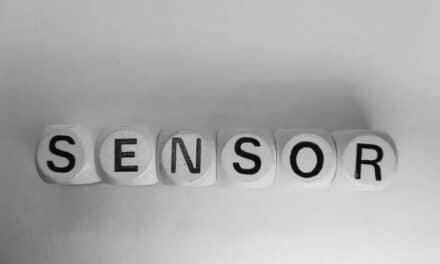Among patients with systemic sclerosis (SSc), 37% receive physical therapy, according to an analysis of a large German registry published in Arthritis Care & Research.
“In SSc, only a number of small studies assessed the efficacy of particular methods of [physical therapy] eg, paraffin bath and occupational therapy,” Doreen Belz, MD, of the University Hospital Cologne in Germany, and colleagues write. “The lack of efficacy data on a larger scale may explain why treatment recommendations as the recently published EUSTAR guidelines update do not recommend explicitly physical therapy.”
“Nevertheless, in analogy to other rheumatic diseases [physical therapy] might play an important role in daily care in this often severely disabled patient population,” they add. “To date it is not known to which extent physical therapy is used in general clinical practice.”
To examine the type and frequency of physical therapy prescriptions for patients with SSc, Belz and colleagues analyzed data from the German Network for Systemic Sclerosis, a registry that was founded in 2003 that includes 4,600 patients with SSc as well as rheumatologists and dermatologists from more than 40 medical centers.
According to the researchers, the registry compiles data on patient gender, date of birth, autoantibodies, SSc subsets, symptoms, organ involvement and modified Rodnan Skin Score (mRSS). It also includes treatments with corticosteroids, immunosuppressive agents, vasoactive drugs and physical therapy prescriptions. Follow-up is typically completed once per year.
Belz and colleagues reviewed data for 4,252 patients with SSc with a completed last follow-up that noted whether the individual was receiving physical therapy at the time of data extraction on May 17, 2017. The final analysis included 10,676 follow-up visits. The researchers used descriptive statistics, chisquared tests and odds ratios to analyze physical therapy type and frequency.
According to the researchers, just 37.4% of included patients received physical therapy at the end of yearly followup, a media release from Healio Rheumatology explains.
The most common type of physical therapy was lymphatic drainage, representing 36.8% of prescriptions, followed by exercise therapy, with 36.3%, and heat therapy, with 23.9%. Among patients who received physical therapy, 82% had one or two types simultaneously, the researchers wrote. Receiving a prescription for physical therapy was associated with the extent of skin fibrosis as measured by modified Rodnan Skin Score.
In addition, patients with musculoskeletal involvement demonstrated greater likelihoods of receiving physical therapy, compared with those without such symptoms. Odds ratios for this likelihood ranged from 1.96 (95% CI, 1.69-2.28) for joint contractures, to 3.83 (95% CI, 2.895.08) for arthritis.
“The results of this study shall serve as a basis to increase the awareness on the use of [physical therapy] in the management of SSc patients,” Belz and colleagues write.
“Studies investigating the role of [physical therapy] to prevent progression of disability, reducing periods of work absence as well as reducing the frequency of early retirement are urgently needed.”
[Sourcr: Healio Rheumatology]





